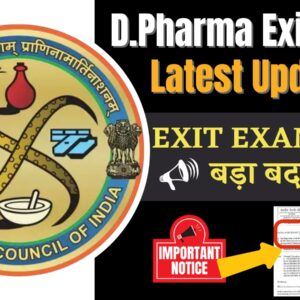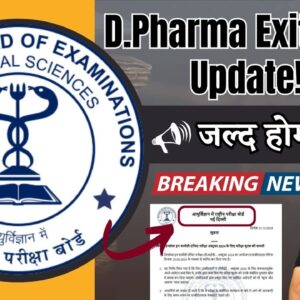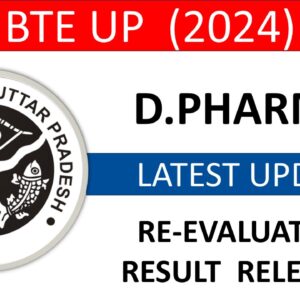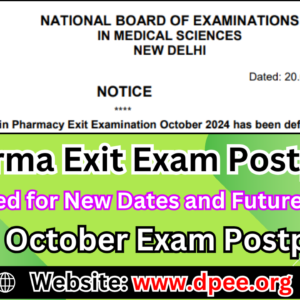Human Anatomy and Physiology Quiz (Part-1) :
[ays_quiz id=’16’]
Human Anatomy and Physiology Quiz (Part-2) :
[ays_quiz id=’17’]
Human Anatomy and Physiology Quiz (Part-3) :
[ays_quiz id=’18’]
Human Anatomy and Physiology Quiz (Part-4) :
[ays_quiz id=’19’]
Human Anatomy and Physiology Quiz –
Step into the intricate world of the human body with our Human Anatomy and Physiology Quiz! Featuring 100 MCQs divided into 4 sets of 25 questions each, this quiz provides a comprehensive look at the structures and functions that are essential for understanding pharmacy practice. You’ll explore cellular biology, the organization of tissues, and the complexities of various organ systems, including the nervous, cardiovascular, and digestive systems. Each question is designed to help you connect physiological processes with their implications for drug action and therapeutic outcomes. This foundational knowledge will be crucial as you prepare for the D Pharma Exit Exam (DPEE) and pursue a career in healthcare.





One thought on “Human Anatomy and Physiology Quiz”